1. Introduction to Cage Free Egg Handling
The shift towards cage free poultry farming has brought significant changes not only in hen welfare but also in how eggs are collected, handled, and processed. Cage Free Egg Handling refers to the systems, equipment, and procedures used to collect, transport, clean, grade, and package eggs produced in Cage Free Housing Systems.
Handling cage free eggs requires specialized equipment and careful management to address challenges unique to this production method. Since hens roam freely and eggs are often laid in nests or on the floor rather than confined cages, eggs may have higher risks of contamination, breakage, or quality variation if not managed properly.
Modern cage free egg handling systems aim to maintain egg quality, minimize losses, enhance operational efficiency, and comply with food safety standards. This article explores technical parameters, key features, advantages, applications, operating instructions, maintenance, troubleshooting, and frequently asked questions, providing a valuable resource for poultry producers, processors, and industry stakeholders.
2. Technical Parameters of Cage Free Egg Handling Systems
Egg handling systems for cage free operations are designed to accommodate higher variability and volumes, with features tailored to maintain egg integrity and hygiene.
2.1 Egg Collection
Collection Method: Automated belt collection, manual gathering, or combined systems.
Collection Speed: Automated systems handle 10,000 to 50,000 eggs per hour.
Materials: Food-grade stainless steel or high-impact plastics.
Conveyor Width: Typically 600–800 mm wide to accommodate egg flow.
2.2 Egg Cleaning
Washing Type: Brush washers, spray washers, or ultrasonic washers.
Water Temperature: Maintained at 35–45°C to avoid thermal shock.
Detergents: Food-safe cleaning agents, typically alkaline-based.
Drying: Air knives or roller dryers used post-washing.
2.3 Egg Grading
Grading Speed: 20,000 to 30,000 eggs per hour depending on model.
Grading Criteria: Size, weight, shell quality, and sometimes internal defects.
Sensors: Optical and weight sensors for accurate classification.
2.4 Egg Packaging
Packaging Types: Cartons, trays, or bulk packing.
Automation: Semi-automatic to fully automatic packaging lines.
Capacity: Up to 50,000 eggs per hour on high-end lines.
2.5 Environmental Controls
2.6 Space and Power Requirements
3. Key Features of Cage Free Egg Handling Systems
3.1 Gentle Egg Handling
Equipped with cushioned conveyors, soft brushes, and controlled movement to minimize cracking and breakage.
3.2 High Throughput
Capable of handling large volumes of eggs efficiently to meet commercial production demands.
3.3 Hygienic Design
Constructed with stainless steel and food-grade materials ensuring easy cleaning and compliance with food safety standards.
3.4 Automation Integration
Advanced systems integrate collection, cleaning, grading, and packaging for streamlined operations.
3.5 Flexible Configuration
Modular design allows customization based on farm size, egg production, and processing requirements.
3.6 Real-Time Monitoring
Integrated sensors and control panels enable real-time tracking of egg flow, quality, and system performance.
4. Advantages of Cage Free Egg Handling Systems
4.1 Enhanced Egg Quality
Minimized handling damage and contamination improves egg freshness and shelf life.
4.2 Increased Operational Efficiency
Automation reduces labor requirements and speeds up processing.
4.3 Food Safety Compliance
Designed to meet HACCP and other international food safety standards.
4.4 Reduced Waste and Losses
Improved handling reduces cracked and dirty eggs, saving costs.
4.5 Traceability
Advanced systems provide tracking capabilities for quality assurance and recall management.
4.6 Adaptability
Equipment can handle varying egg sizes and production scales.
5. Application Scenarios
5.1 Commercial Cage Free Layer Farms
Integrated systems to collect, wash, and grade eggs onsite or nearby processing centers.
5.2 Egg Packing Plants
Centralized facilities where eggs from multiple farms are processed and packaged.
5.3 Organic and Specialty Egg Producers
Handling systems adapted to meet specific market requirements for organic or specialty eggs.
5.4 Small to Medium Scale Farms
Modular and semi-automatic systems tailored for lower volumes and budgets.
5.5 Research and Development
Used in product development and quality control laboratories.
6. Installation and Usage Instructions
6.1 Site Preparation
6.2 Equipment Setup
Assemble conveyors, washers, graders, and packaging units per manufacturer guidelines.
Connect control systems and calibrate sensors.
6.3 Operational Procedures
Train staff on system operation, hygiene, and emergency protocols.
Initiate dry runs without eggs to verify system performance.
6.4 Daily Operation
Load eggs carefully onto collection conveyors.
Monitor washing parameters (temperature, detergent concentration).
Check grading accuracy and packaging integrity.
7. Maintenance Guidelines
7.1 Daily Maintenance
7.2 Weekly Maintenance
7.3 Monthly Maintenance
7.4 Annual Maintenance
8. Troubleshooting Common Issues
Issue 1: Egg Breakage During Handling
Cause: Conveyor speed too high or faulty cushioning.
Solution: Adjust speed settings, replace worn cushions.
Issue 2: Ineffective Egg Washing
Issue 3: Grading Errors
Issue 4: Packaging Malfunctions
Cause: Jammed carton feeders or misaligned guides.
Solution: Clear jams, realign packaging components.
Issue 5: System Downtime
Cause: Electrical faults or software glitches.
Solution: Inspect power supply, reboot control systems, contact technical support.
9. Frequently Asked Questions (FAQ)
Q1: How is cage free egg handling different from conventional egg handling?
Cage free egg handling requires equipment designed to manage eggs laid in nests or on floors, often with higher variability and risk of contamination.
Q2: Can cage free eggs be handled in the same processing line as caged eggs?
Yes, but modifications may be needed to accommodate differences in egg condition and handling requirements.
Q3: What is the typical capacity of cage free egg handling systems?
Systems range from a few thousand to over 50,000 eggs per hour depending on farm size and automation.
Q4: How often should egg washers be serviced?
Daily cleaning and weekly inspections are recommended; full servicing annually.
Q5: Are automated grading systems accurate?
Modern optical and weight sensors provide high accuracy but require regular calibration.
Q6: How can egg breakage be minimized?
Using cushioned conveyors, controlling speed, and proper system maintenance.
Q7: Is traceability possible with cage free egg handling?
Yes, advanced systems offer batch tracking and digital record keeping.
Q8: What food safety standards apply to egg handling?
HACCP, FDA regulations, and local food safety authorities' guidelines.
Q9: How do I choose the right cage free egg handling system?
Consider flock size, production volume, budget, and desired automation level.
Q10: Can cage free egg handling systems be expanded?
Yes, many systems are modular and scalable.
10. Conclusion
Cage Free Egg Handling is a critical component of modern poultry production that directly impacts product quality, safety, and farm profitability. By utilizing advanced equipment and following best practices in collection, cleaning, grading, and packaging, farmers and processors can maximize egg quality and operational efficiency.
Investing in specialized cage free egg handling systems enables compliance with evolving welfare standards and market demands. With proper installation, operation, and maintenance, these systems offer a reliable, efficient, and hygienic solution for the complexities of cage free egg production.
Company Profile
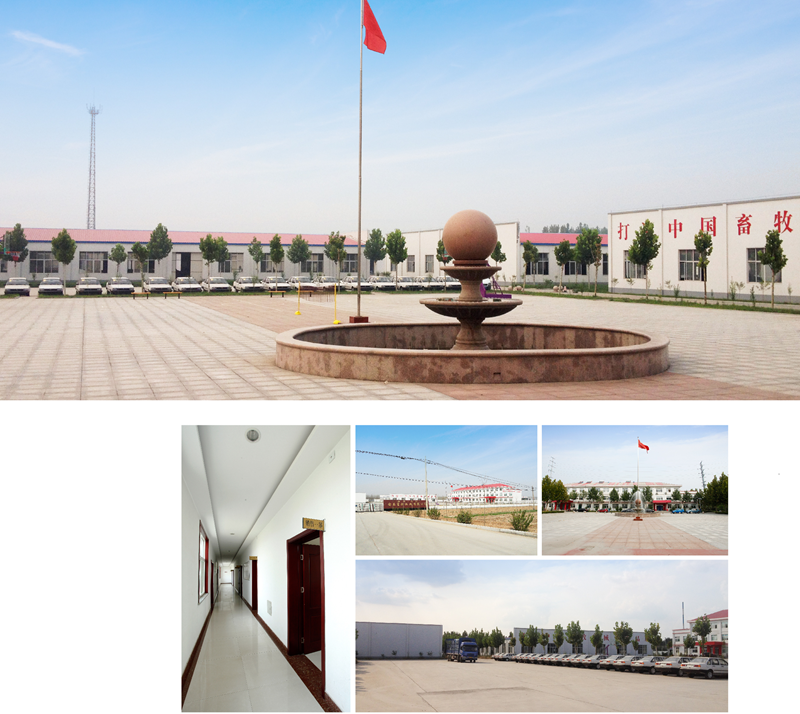
Shandong Huimin Qinle Livestock Machinery Co., Ltd. (formerly Shandong Huimin Qinle Livestock Machinery Factory) is a professional poultry equipment manufacturer with over 20 years of experience. We offer a comprehensive service package, from design (land and chicken coops), production (equipment and prefabricated steel coops), installation, commissioning, customer training, and after-sales service.
Located in Huimin County, Binzhou City, Shandong Province, China, the company has extensive experience in mechanical processing and manufacturing, as well as livestock machinery production and operation. With fixed assets of RMB 15 million, the company employs 160 people, including 30 R&D staff, and occupies a 40,000-square-meter factory. Equipped with over 110 pieces of advanced precision production equipment, including CNC machining centers and laser cutting machines, the company boasts a production capacity of RMB 50 million.
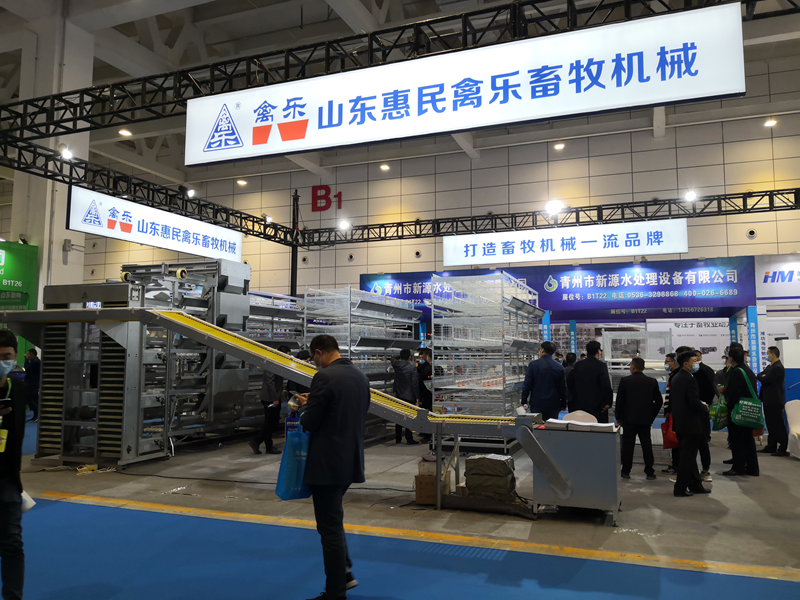


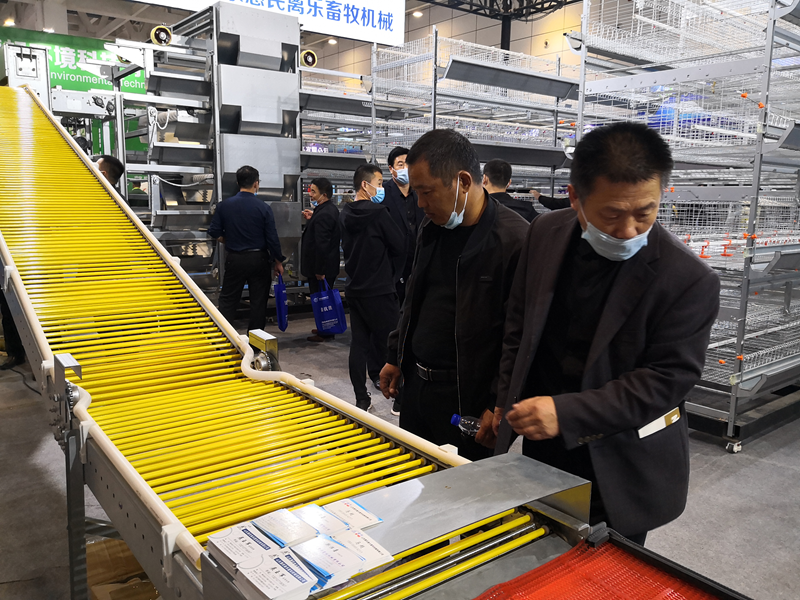
Chicken Farming Equipment Mesh Production Workshop

Machining Workshop

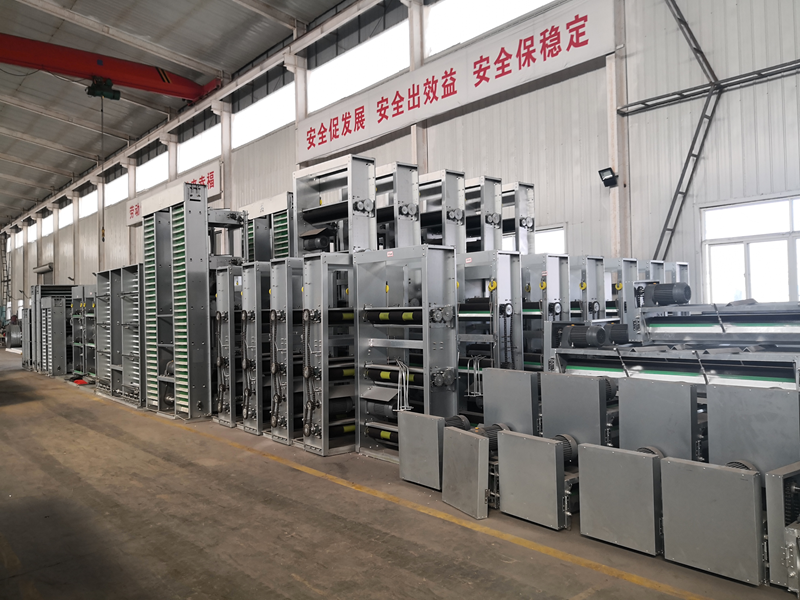
Turret-type CNC Punch Press, Laser Cutting and Other Machining Equipment



Fully Automated Roll Forming Production Line

Hot-dip Galvanizing Production Line

Electroplating Production Line

Environmental Protection Equipment

Chicken Farming Equipment Product Series
Egg-laying Hen Farming Equipment
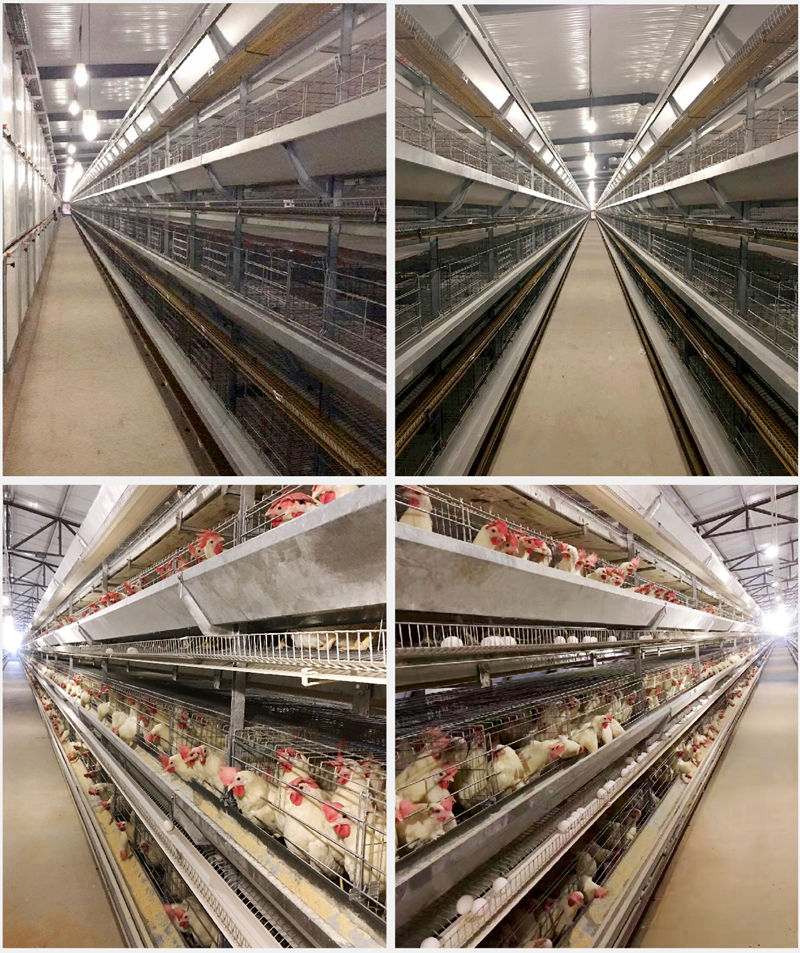
Stacked Brooding Cage Equipment

Stacked Broiler Cage Equipment
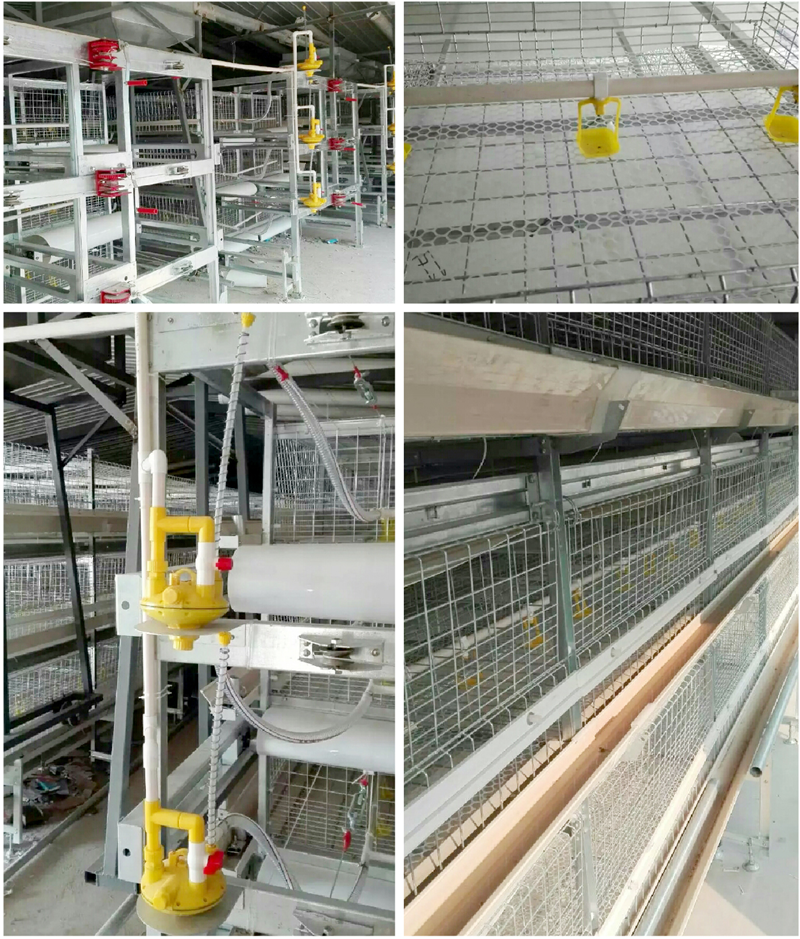
Stepped Layer Hen Cage Rearing Equipment
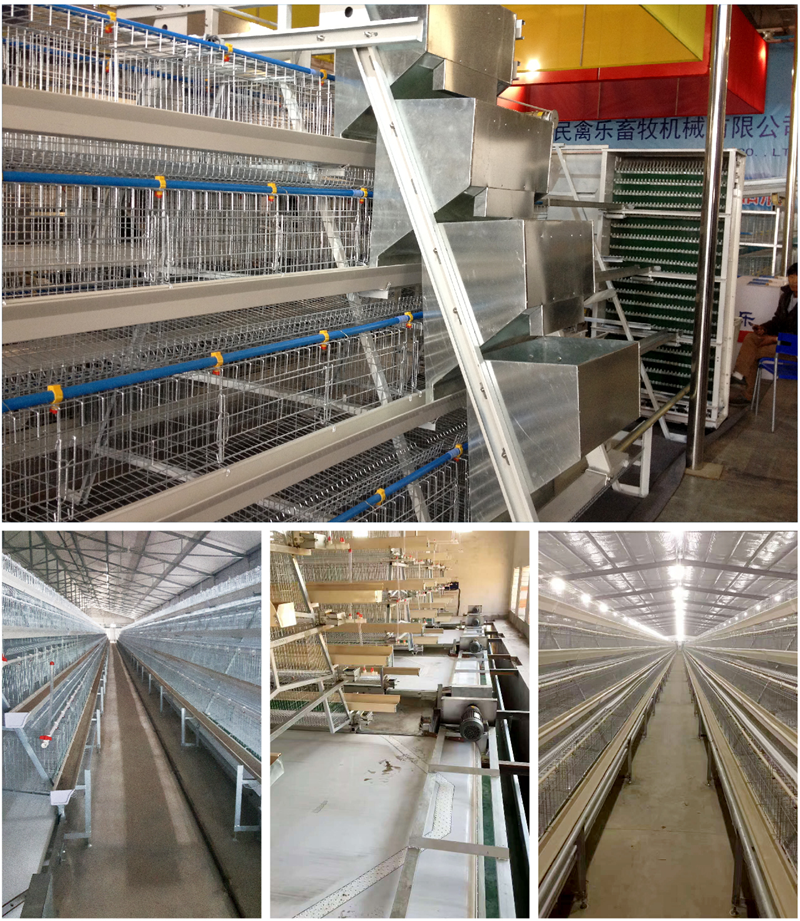
Automatic Egg Collection System

H-type Cage Feeding Machine
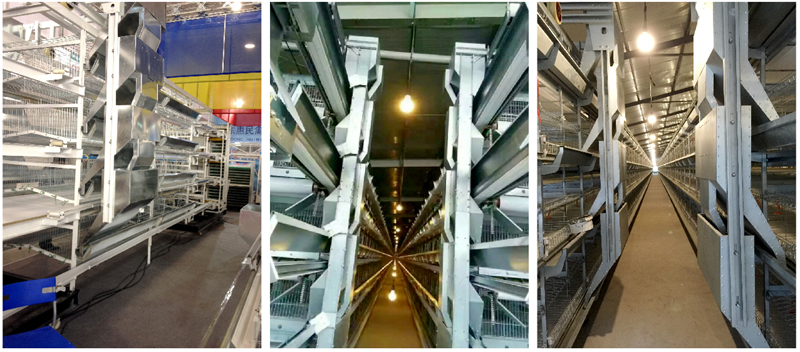
Stepped Cage Straddle Feeder
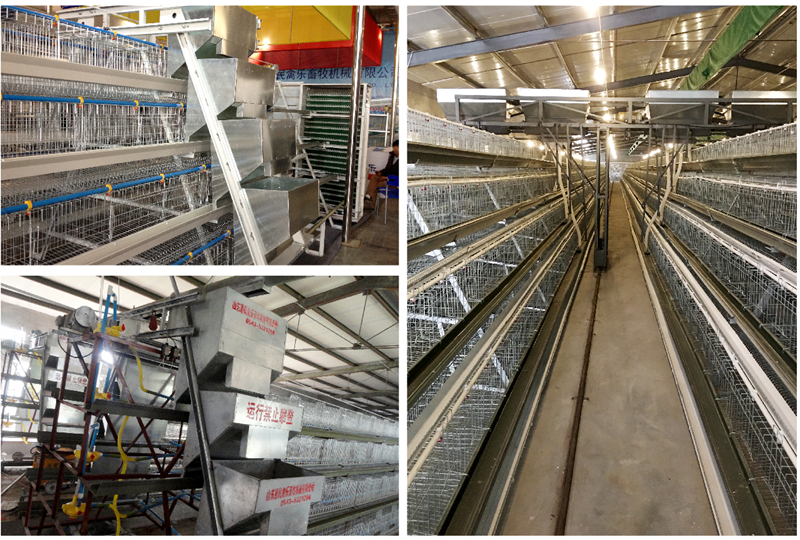
Manure Removal Machine

Fans, Heated Curtains, Environmental Control Systems, and Lighting Equipment
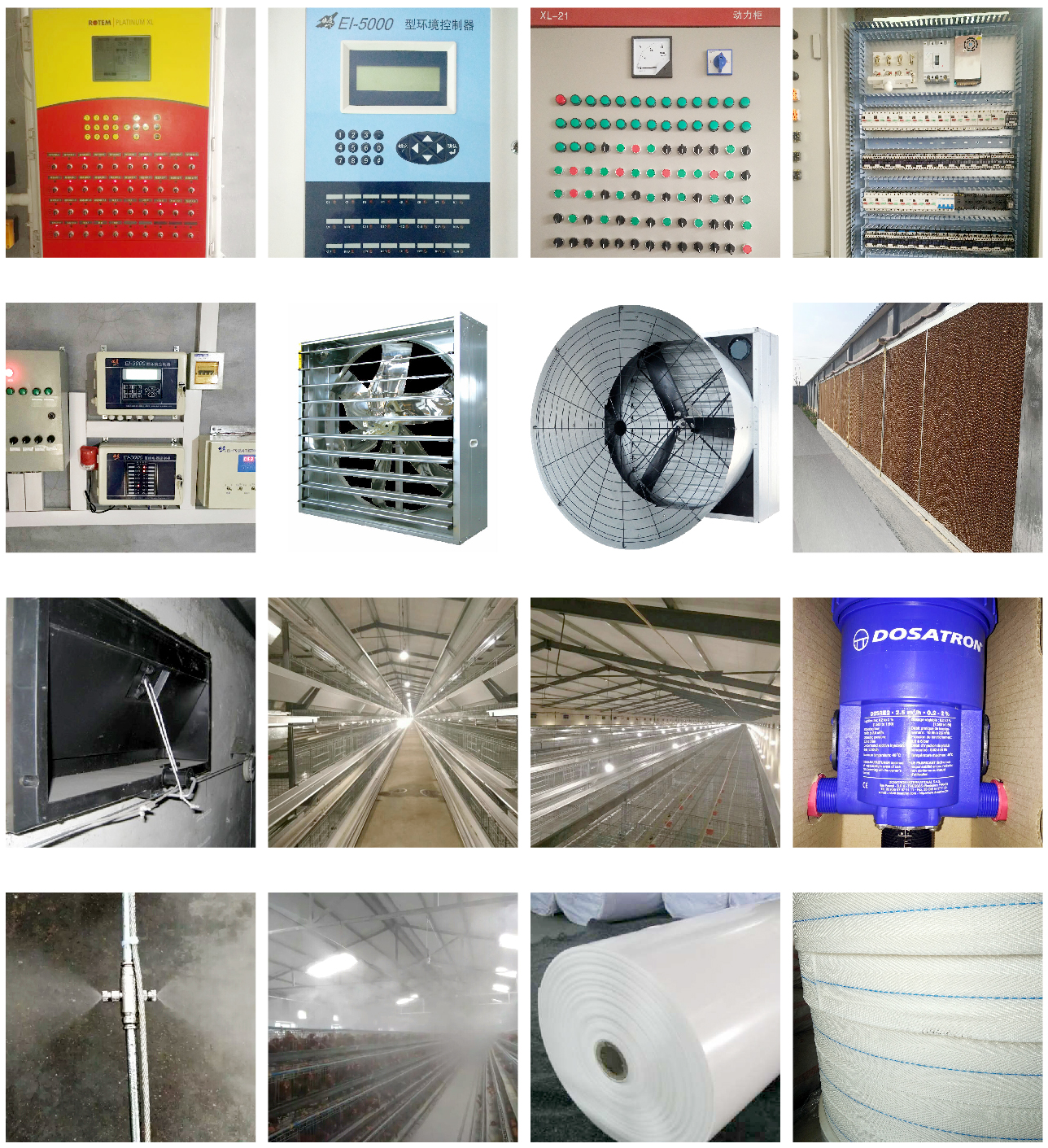
Complete Set of Equipment for Organic Fermentation Treatment of Manure


 Catalogue
Catalogue































 Whatsapp
Whatsapp Telefon
Telefon